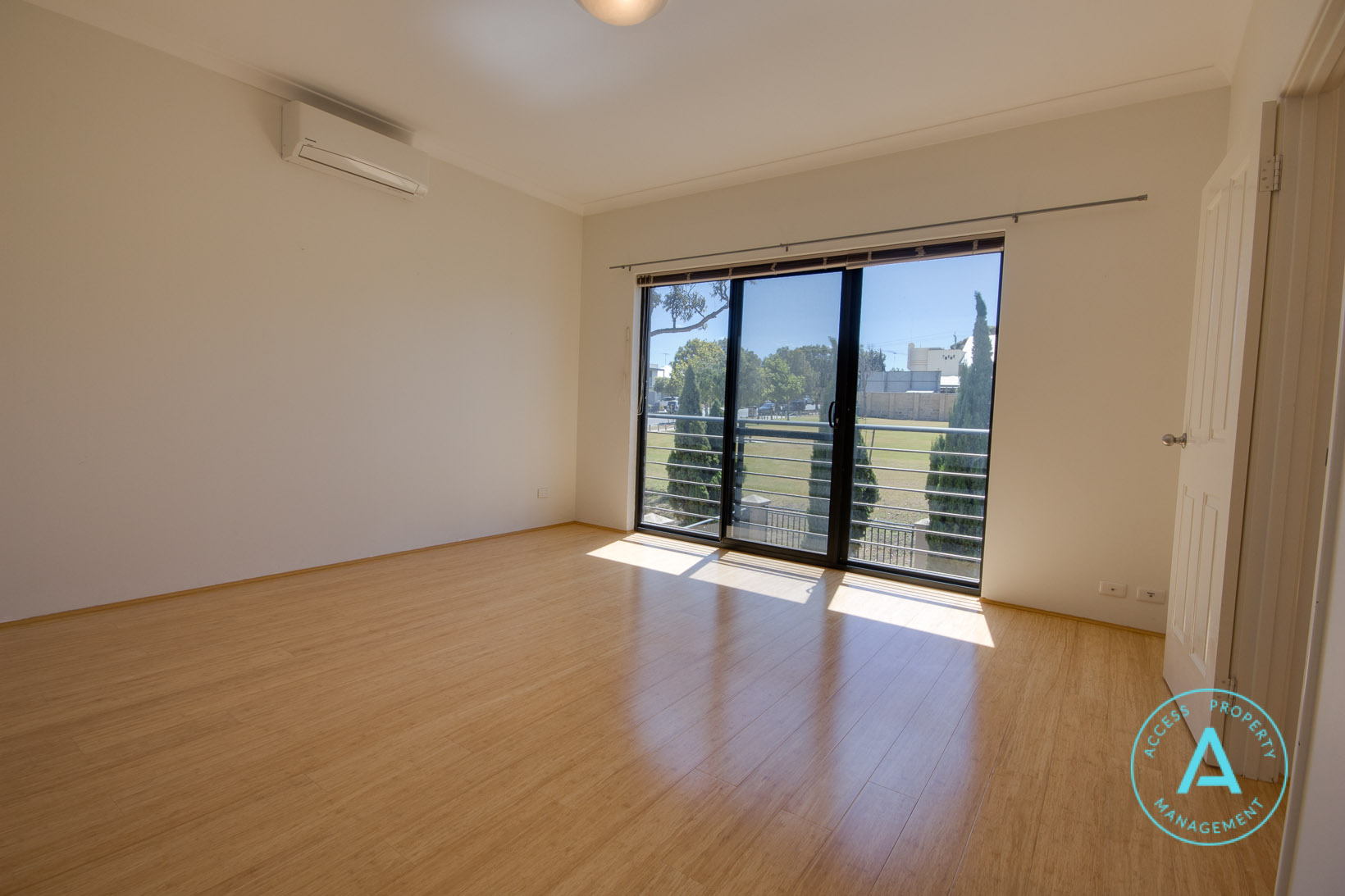Throughout your property investment journey, you will need to make numerous decisions that require consideration about the balance between maximising rental returns and minimising risk. With over 69% of Australian households owning a pet, keeping a furry friend is one of the most common tenancy requests. Currently, in WA, landlords can decide not to allow pets in their tenancy agreements, however, the Residential Tenancies Act 1987 (WA) is under review. Some of the proposed changes may give tenants the right to have pets in their rental homes.
With rental demands increasing, the property market becomes more challenging for renters. Only 10% of Australian properties are advertised as pet friendly. This lack of supply has led to hundreds of pets being surrendered to animal welfare organisations by families who cannot find pet-friendly rental properties each year.
Although many property owners default to pet-free rules, there are many factors to consider when making this decision. You may even find that you are missing out on great opportunities for better tenants, longer leases and increased rental returns. We’ve outlined the pros and cons below to help you determine the right strategy for your investment property. If you’re looking for individual advice on your property, you can get in touch, and we’re happy to help in any way we can.
Cons of allowing pets in your investment property
Potential damage
One of the most common fears landlords have about pets in their properties is the risk of damage. Unfortunately, our furry friends can cause increased wear and tear, even leading to costly repairs and maintenance. There are many stories of pets that have left lingering odours, ruined landscaping, scratched up or stained interiors and destroyed flooring. Accidents can happen even with the most careful owners, and all animals can cause damage in some way.
There are ways to mitigate the risk of pets destroying your property. Routine inspections and good communication with your property manager will allow you to keep on top of issues as they arise. You can also include causes in your lease agreement to protect your property, such as not allowing certain pets inside the home. Most Landlord Insurance policies now have pet cover to help take away the worry.
Disruption to neighbours
One of the downsides to allowing pets in your rental property is the potential for loud noises such as barking. These loud pets can disturb peaceful, usually quiet streets and frustrate those nearby. In some cases, the disruption may cause issues with neighbours and lead to unwanted and costly disputes. Ensuring good pet reference checks can help with getting to know the pet you’re allowing.
Pros of having a pet-friendly rental property
Great long term tenants
With pet ownership levels on the increase, the demand for pet-friendly rentals is also rising. By allowing pets in your property, you have a larger pool of prospective tenants to choose from, boosting your chances of finding a great tenant. In general, responsible pet owners are responsible tenants. If a person can competently look after an animal, there is a good chance of them being able to maintain their home carefully. On top of this, a pet owner who may have found their search for a rental property challenging will be delighted to have found one. Happier tenants and more reliable and will go the extra mile to look after their rental. These pet owners are also more likely to stay long-term to avoid the hassle associated with finding an appropriate rental for their needs.
Increased rental returns
Due to the short supply, advertising your rental property as being pet-friendly can increase the amount of rent you can charge. According to some reports, 31% of pet owners would be willing to pay up to 14% higher rental prices to secure a property. To understand how much your property could rent for, look around your area to see how many pet-friendly rentals are available and how much rent they are charging.
Less risk of hidden pets
As property managers, we’ve seen it all. Tenants hiding secret pets are incredibly common, often coming to light because of accidental slip-ups. By allowing pets in your rental agreement, you can better control the circumstances and get ahead of any potential issues.
What to consider before allowing pets in your investment property
Choosing to let your tenants have pets in your property can have significant benefits for your investment and will always increase demand. It’s important to weigh the pros and cons of the decision based on your property goals. You can also put measures into place to minimise the potential risk.
1. Screen potential pet owners
Pet owners and their furry friends can be screened in the same way you would any other tenant. You can ask for “pet references” or “letters of recommendation” from previous landlords, neighbours and their vet to check their history. Having information such as the Council registration, vaccination history, training undertaken, or photos and videos of the animal and the property they previously lived at can help equip you with the knowledge to choose the right applicant.
2. Consider your property
Some properties will be better suited to pets than others. When making a decision about allowing pets in your tenancy agreement, consider your property itself alongside the previously mentioned factors. There are also several ways that landlords can pet-proof their properties to minimise the risk of damage and expensive repairs. Animal runs can enclose pets in specific areas of the home, and carpets can be replaced with lower maintenance tiles or floorboards. You should also consider the type of property and determine suitable pets. By advertising your rental as “pets considered” rather than “pets permitted”, you can choose to allow cats or small dogs in an apartment that you would not permit large dogs in.
3. Check your landlord insurance policies
Your landlord insurance is your best safeguard against the potential risks caused by pets. Before allowing tenants to bring animals into your investment property, carefully check that your policy will cover you for damage done by domestic pets. You should also know the liability coverage in your policy and whether there are any exclusions to this, such as a list of dangerous dog breeds that won’t be covered.
4. Review your tenancy agreement
If you are considering allowing pets in your rental, you can protect your property through the lease agreement with your tenant. Ensure the agreement clearly states the expectations of the tenant’s obligations regarding their pet and state that if any terms are violated, a breach of contract will be issued. Although the bond already covers you for damage done by pets, in WA you can ask for an additional pet bond. Up to $260 can be held and may be used for fumigation at the end of the lease.
Tailored advice on your investment strategy
The best strategy to manage your investment property will be unique to your needs. To learn more about the realities of letting tenants with pets move into your rental, speak to a property manager to see whether it’s the right choice for you.
If you’re a landlord or property owner in Perth thinking about allowing pets on your rental property, get in touch to discuss how we can help you maximise the property’s potential while minimising risk with a tailored approach.

































